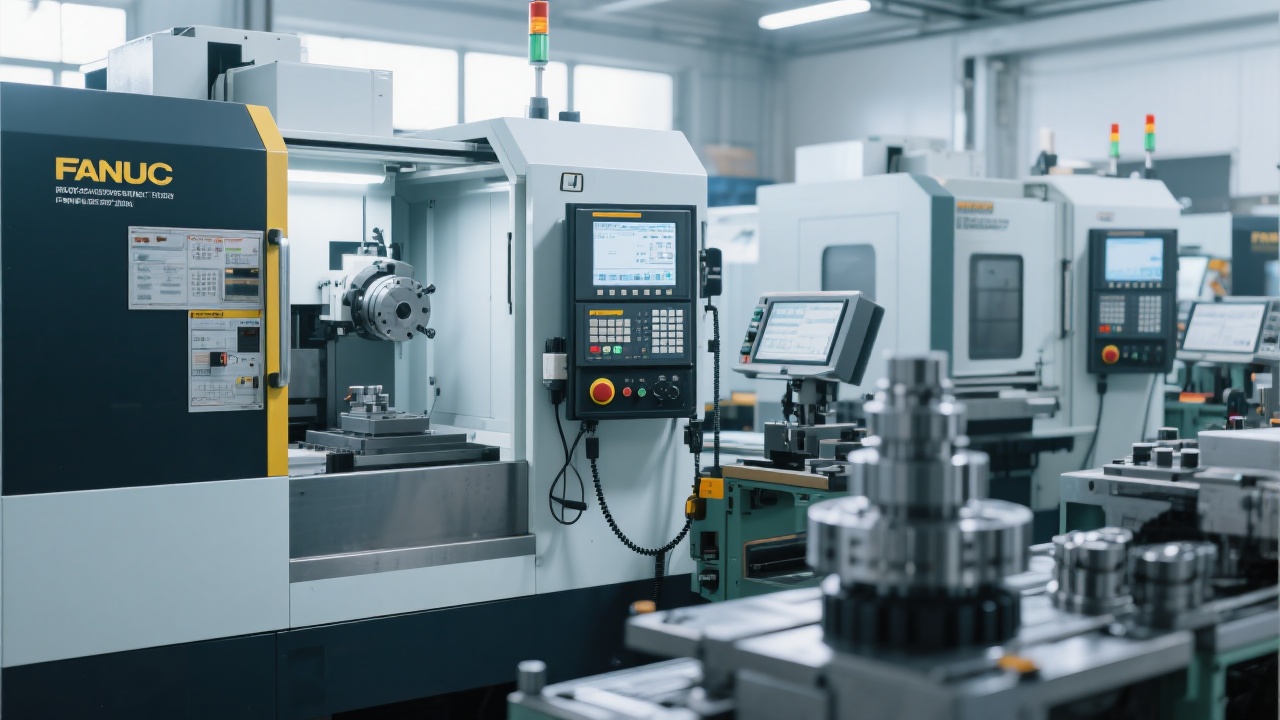
As aerospace production demands higher precision, faster turnaround, and complex geometry handling, traditional machining solutions are falling short. In response, leading manufacturers globally—from Boeing suppliers to European aero-engine OEMs—are turning to the GJ1317 Dual-Column High-Speed Vertical Machining Center. This isn’t just a trend—it’s a strategic shift driven by measurable performance gains.
The GJ1317 is designed specifically for medium-sized mold cores, cavity inserts, and structural components used in aircraft engines, landing gear housings, and fuselage panels. With a spindle speed up to 24,000 RPM, it achieves material removal rates that exceed industry benchmarks—up to 30% higher than standard vertical mills when processing titanium alloys like Ti-6Al-4V.
| Feature | GJ1317 Advantage |
|---|---|
| Max Feed Rate | 60 m/min (with linear motor drive) |
| Positioning Accuracy | ±0.005 mm (ISO 230-2 compliance) |
| Tool Change Time | 1.2 seconds (ATC system) |
According to a 2023 study by the Aerospace Manufacturing Research Institute, aerospace companies using high-speed machining centers like the GJ1317 report an average reduction of 18% in cycle time and 22% fewer surface defects in critical parts—key metrics for certification bodies such as AS9100 and FAA Part 21.
A major European aerospace component manufacturer integrated the GJ1317 into their production line for turbine blade root slots. Previously, they relied on a 5-axis horizontal mill with 12-hour cycle times per part. After switching to GJ1317:
This case reflects a broader pattern: as aerospace firms adopt Industry 4.0 principles, equipment must not only perform but also integrate seamlessly into digital workflows. The GJ1317 supports real-time data feedback via IoT-ready interfaces—a feature increasingly required in modern production environments.

What sets the GJ1317 apart isn’t just raw power—it’s its ability to handle intricate geometries with minimal setup changes. Whether it’s a honeycomb structure or a thin-walled airfoil profile, this machine maintains consistency across batches, reducing scrap rates by up to 15% compared to legacy systems.
With global aerospace output projected to grow at 5.3% CAGR through 2030 (per Airbus Forecast), manufacturers need machines that scale—not just today, but tomorrow. The GJ1317 offers modular upgrades for future-proofing: optional coolant control, AI-assisted tool wear prediction, and compatibility with cloud-based CAM software.
If you're evaluating next-gen machining solutions for your aerospace division, consider how the GJ1317 addresses both current pain points and long-term scalability. It’s more than a machine—it’s a competitive edge.











